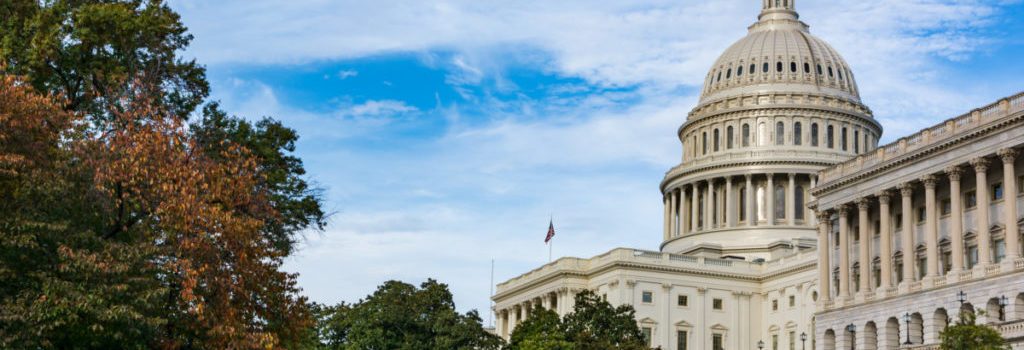What You Need to Know About the PPP Loan Extension
Washington recently extended another lifeline of sorts to small businesses. The federal government has pushed back deadlines for the Paycheck Protection Program (PPP) and relaxed some of the rules governing it.
The Coronavirus Aid, Relief, and Economic Security (CARES) Act became law in late March. This $2.2 trillion stimulus package was meant to bail out individuals, businesses, health organizations and government entities alike. One of the most notable aspects of it was the Paycheck Protection Program. This Small Business Administration program set aside $349 billion to lend to small businesses. Better still, the loans would be fully forgivable if funds were used for certain costs.
The program was met with such high demand that the government authorized another $322 billion in funding in April.
The PPP loans weren’t perfect, however; small businesses were hamstrung by a number of issues. So recently, Washington passed the Paycheck Protection Flexibility Act to help the program better serve American companies.
Here, we’ll examine the changes to the PPP loan program.
PPP Loan Extension
The Paycheck Protection Program had a few drawbacks, including its relatively short timeline. The original legislation mandated that PPP funds be spent within eight weeks. Businesses said that was too little time to spend it on payroll given that many companies had little business or in many instances remained closed altogether.
That spending time frame has been extended to the sooner of 24 weeks, or until Dec. 31, 2020.
Washington also lengthened the time small businesses will have to repay any PPP loan money that isn’t forgiven, from two years to five years.
Other Rule Changes
The Paycheck Protection Flexibility Act changed another major stipulation: the percentage of funds that needed to be used on payroll to make the loans forgivable. Previously, companies had to spend 75% of PPP loan money. If they spent less, their loans still could be partially forgiven.
The new legislation reduced that threshold to 60%. Originally, it was believed the 60% threshold would act as a cliff, after which none of the loans would be forgiven. However, the SBA and the Treasury later clarified that companies still could qualify for partial forgiveness.
The June legislation made a few other changes. For one, employers who don’t fully restore their workforce still might be able to have their loans forgiven if they can’t find “similarly qualified employees for unfilled positions” before Dec. 31, or if they can’t “return to the same level of business activity as such business was operating at before Feb. 15, 2020 during the period between March 1 and Dec. 31.
Businesses that received a PPP loan may delay payment of their payroll taxes, too.
Do You Need More Help?
Naturally, small businesses are going to have plenty of questions as Washington favorably moves the goalposts. We’re here to help. McManamon & Co. is a firm serving small- and midsized businesses in a number of areas, including tax preparation and business consulting. And we can help you figure out all the ins and outs of the new PPP loan extension and rules changes.
We can give you a full picture of how the changes to this government program will affect you. Give us a call at 440.892.8900, or contact us online.
Tags: business interruption, financing, McManamon & Co., small business, small business finances, small business financing, small business taxes, taxes | Posted in Business interruption, Financing, McManamon & Co., small business, small business taxes, taxes
